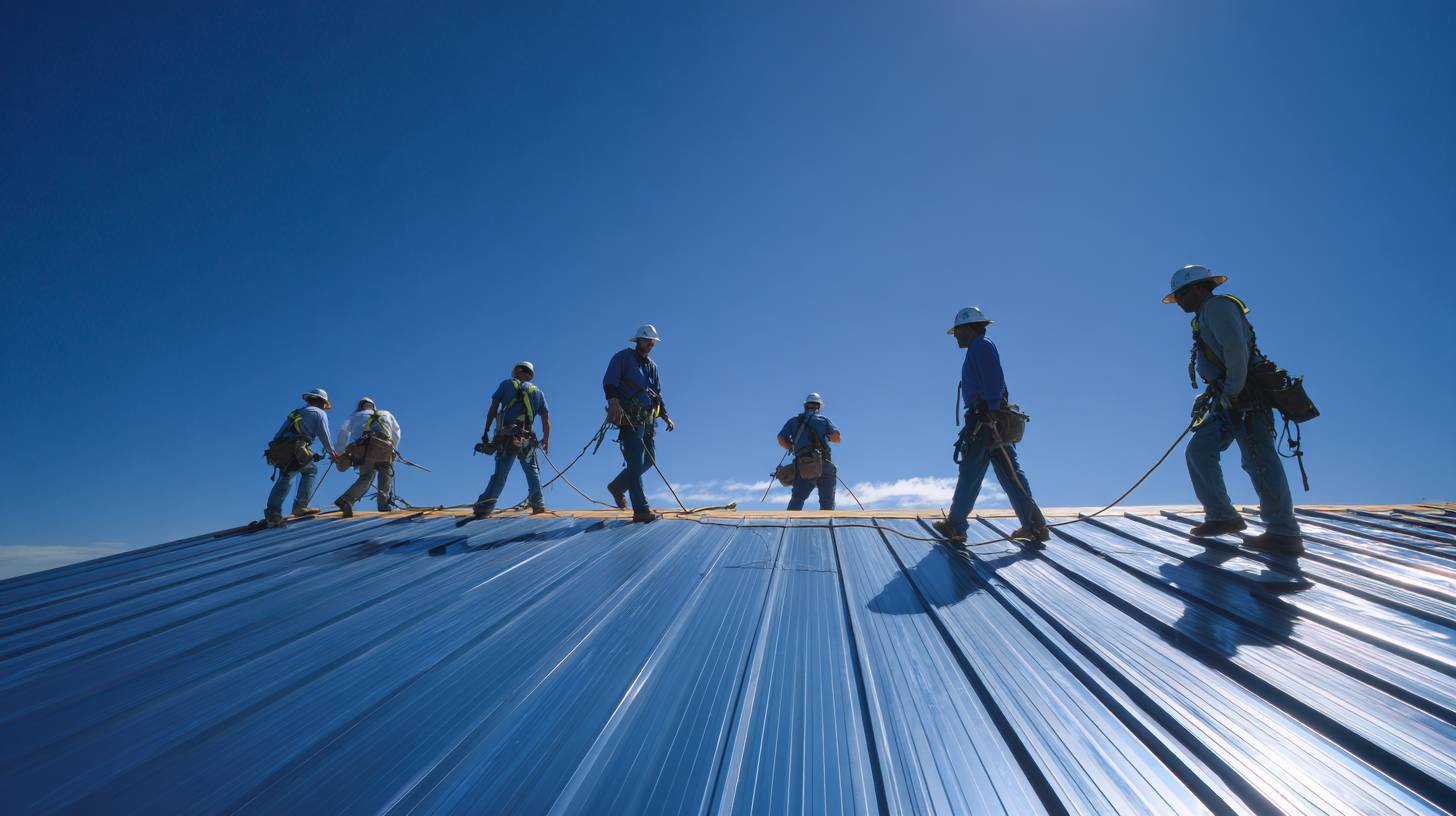Table of Contents [hide]
Homeowners are not just buying shingles; they are buying outcomes. A premium roofing company adheres to test standards, documents installation details in the scope, and backs the work. A basic roofing contractor may meet code minimums, but that is a different promise and a different risk profile.
Here are the numbers in clear terms: what the premium really costs, how long top-tier roofing systems last, and where they pay off in reduced losses when the weather turns severe.
Premium Roofing Company vs. Standard Roofing Contractor: Cost, Lifespan, Risk
“Premium” means assemblies verified by UL 2218 for impact, ASTM D7158/D3161 for wind, and Class A fire (UL 790/ASTM E108), installed by licensed crews with documented quality assurance. These tests do not predict every storm, but they give buyers common yardsticks and contractors a specification to honor.
Cost Snapshot: What You Will Actually Pay
National averages for labor and materials show the spread. A full asphalt shingles replacement averages $30,680, while a metal roofing replacement with standing seam averages $49,928, according to The Journal of Light Construction.
Premium Class 4 asphalt typically lands above the asphalt average, about 10% to 20% more when you specify impact-rated shingles and enhanced details. Steep pitch, coastal logistics, and storm-driven demand can move totals 10% to 25% either way.
Side-by-Side Comparison
- Premium approach: Class 4 asphalt or standing-seam metal roofs; sealed deck, enhanced edge metal, defined fastener schedules; wind, impact, and fire ratings cited in writing; stronger workmanship terms.
- Standard approach: Architectural shingles or ribbed metal; code-minimum details; lump-sum bids; limited material warranties. The first path costs more upfront, but it buys clarity and resilience.
Why Costs Differ
Labor rates, roof pitch and complexity, material freight for metal or tile, tear-off and waste, permits and inspections, and post-storm scarcity all move the number, regardless of who installs.
Lifespan and Warranty: How Long Will Each System Last?
Expect Class 4 asphalt to last about 25 to 40 years, standing-seam metal about 40 to 70 years or more, and well-detailed tile or slate longer. Underlayments usually cycle sooner than the surface, as per the NRCA guidance on service life and warranty context, and HUD’s Rehab Guide: Roofs for assembly details and maintenance considerations.
Warranty strength depends on the written specification and the installer’s program. A premium bid should spell out wind and impact classes, fastening, and underlayments.
Maintenance and Ownership
- Schedule annual inspections and leak investigations after severe weather conditions.
- Manage debris and snow or ice dams.
- Confirm balanced attic ventilation. Preventive maintenance protects coverage and performance.
Risk Reduction: Wind, Hail, Fire, and Heat
Premium specifications are a hedge against claims and callbacks for residential roofing and commercial roofing. Use UL 2218 Class 3 to 4 and ASTM D7158/D3161 uplift classes with reinforced edges and fasteners.
In wildfire-exposed areas, choose Class A assemblies and ember-resistant details. In hot or marine zones, specify CRRC-rated cool finishes with high SRI and coordinate insulation and ventilation per IECC.
Climate and Setting Fit
In cold climates, use robust ice-dam underlayments and maintain balanced attic airflow to control melt-and-freeze cycles and protect the roof deck. In hot-dry, hot-humid, and marine or mixed climates, favor cool surfaces with verified solar reflectance index (SRI) and manage condensation carefully through proper ventilation and vapor control.
Property type also matters. Historic districts often require appearance standards that still allow Class A fire-rated options, while dense urban sites introduce staging and access constraints that add logistics cost.
Suburban tracts benefit from standardized layouts that improve installation efficiency, and rural, coastal, mountain, and desert settings face wind, impact, ultraviolet, salt, and freeze–thaw stresses, where snow retention or heat cable may be appropriate.
In storm-exposed regions, consider FORTIFIED Roof details that go beyond minimum code to reduce damage risk.
How to Choose the Right Roofing Partner
Ask for a license, insurance coverage, and free estimates. Require a line-item scope that covers tear-off layers, underlayments, flashing, edge metal, a ventilation plan, and the exact test ratings. Confirm roof repair versus roof replacement options and whether the team can support insurance claims after storm damage.
FAQ
Are premium roofs always metal?
No. Class 4 asphalt roof systems can be a smart upgrade where hail risk is moderate. Standing-seam metal roofing excels in wind resistance and longevity.
What is a credible national cost baseline?
Recent national reporting lists $30,680 for asphalt and $49,928 for metal roof replacement, which includes labor and materials.
Do cool roofs matter outside hot climates?
They are most effective in hot or marine zones. Verify SRI on the CRRC listings and coordinate with the building’s ventilation plan.
Get a Spec-Driven Roofing Proposal from Mr. Remodel
Ready to compare prices on premium roofing companies? Mr. Remodel connects you with vetted roofing pros nationwide and helps you compare proposals that list materials, testing standards, and warranties. Submit your project today through the Mr. Remodel quote form for no-obligation estimates.





